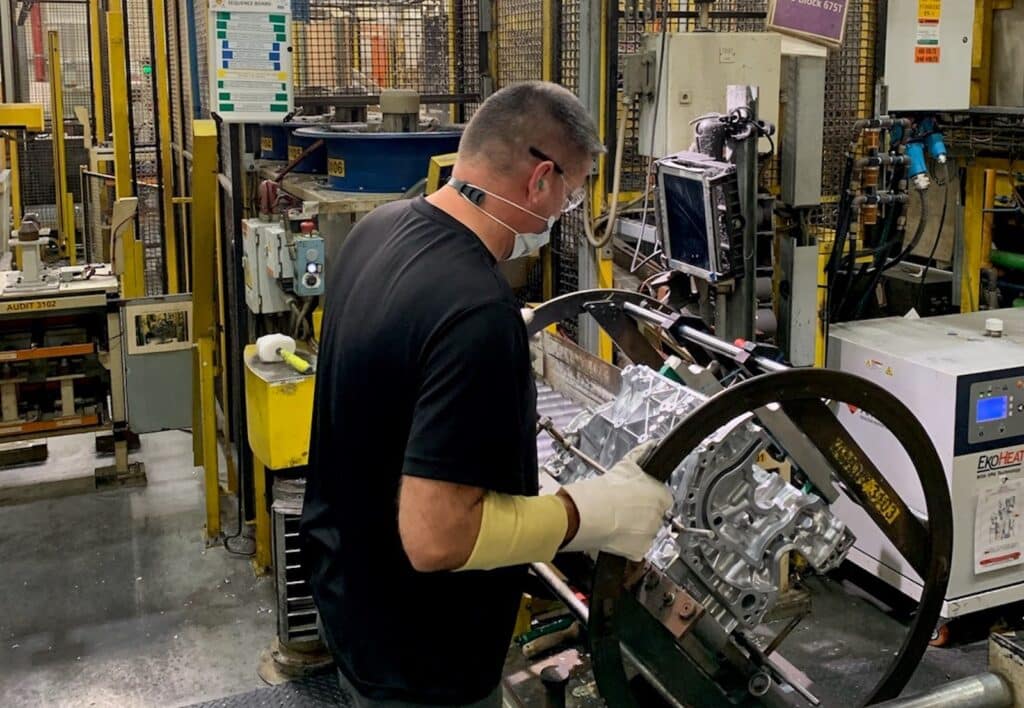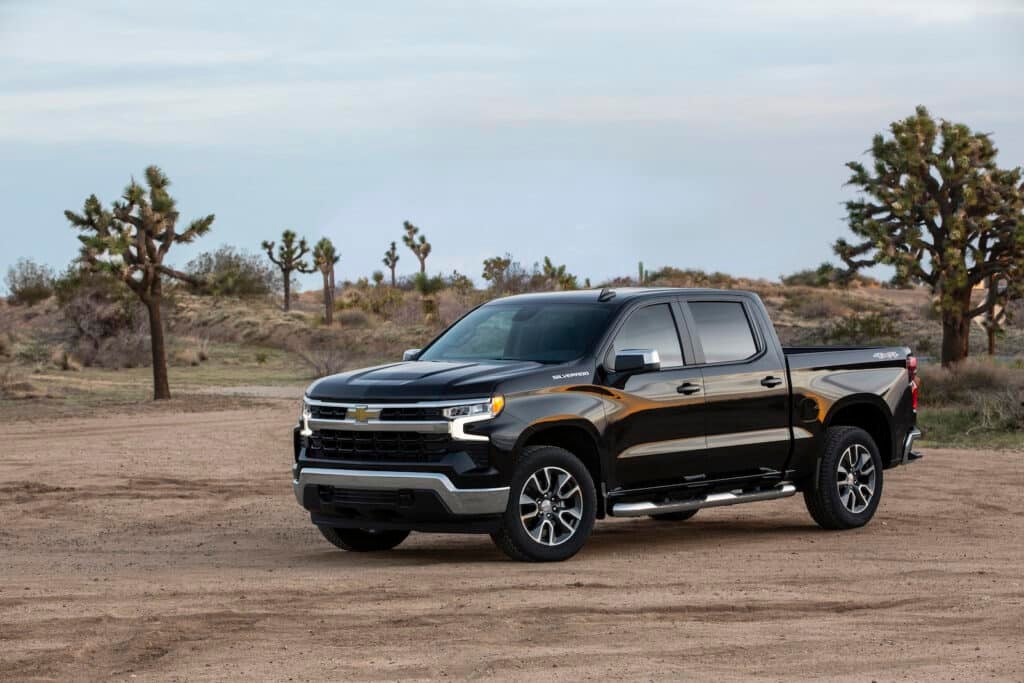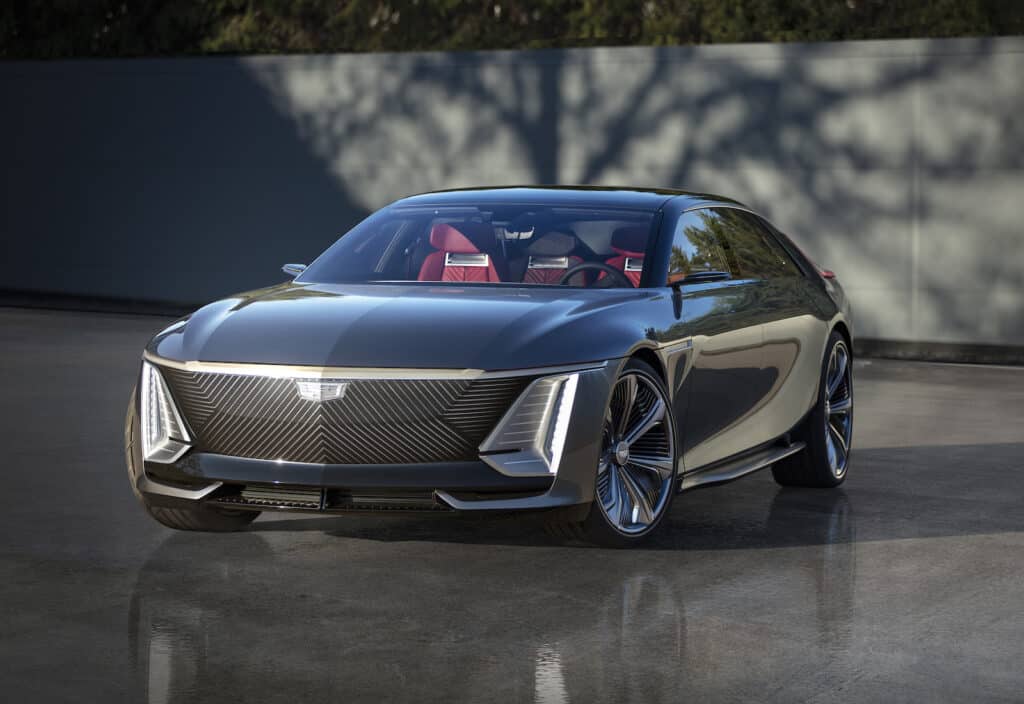General Motors will invest $45 million in a plant in Bedford, Indiana to expand its ability to produce drive unit castings — a critical component needed for the full-size Chevrolet Silverado EV and GMC Sierra EV pickups it plans to start rolling out next year.

Castings are expected to become critical as automakers ramp up EV production, and not just for use in components like drive units. When GM launches its new Cadillac Celestiq EV supercar it will use large-scale castings to replace scores of conventional stamped metal parts, simplifying the manufacturing process. Tesla uses a similar process for mainstream vehicles like its Model 3, sharply reducing production costs for the electric sedan.
GM’s Bedford plant focuses on more modest applications. It started producing drive unit castings for the GMC Hummer EV. But observers can get a measure of how GM expects to use the technology by noting the automaker has already invested $456 million in the facility since 2011, including a $51 million cash infusion announced in December 2021.
A big role for an old plant
“Our Bedford operation is one of the leading aluminum die casting facilities in the world and this additional investment is really an investment in the Bedford team and their commitment to excellence,” said Phil Kienle, GM vice president of North America manufacturing and labor relations. “This investment helps build job security for our Bedford team for years to come as we continue to prepare our entire manufacturing footprint for an all-electric future.”
About 680 hourly and salaried workers are employed at the Bedford plant, which opened in 1942.

On Thursday, GM laid out some of its EV plans and said it expected to be producing 1 million of the vehicles by 2025 in North America alone. The automaker previously indicated it will have about 30 all-electric models in its portfolio by mid-decade, though some of those are targeted at overseas markets and won’t be built or sold in the U.S., Mexico or Canada. By 2035, GM CEO Mary Barra expects the automaker to end production of vehicles using internal combustion engines, switching entirely to battery-electric vehicles.
Critical advantages
As Kienle suggested, the factory — and other industry casting plants — are expected to play a critical role in that shift. With the latest program for the Bedford operation it will produce the exterior housing for “drive units,” essentially the motors used for EVs, though the units can contain electronics and other componentry.
Aluminum castings have numerous potential advantages, starting with weight, the metal being lighter than the steel the auto industry has traditionally relied on.

It’s possible to produce more complex parts using castings, as well. In some cases, a single casting can replace dozens of individual metal parts — whether made of steel, aluminum or other metals.
A future role
GM is now using large-scale castings on several vehicles, including the Corvette. And they will play a major role under the skin of the Celestiq.
The challenge here is to shorten production times and reduce costs. But Tesla is now working with an Italian supplier that has come up with an innovative way to produce the large-scale castings used in vehicles like the Model 3. That, several analysts tell TheDetroitBureau.com, has helped the EV maker simplify its manufacturing process and boost margins.
GM has not said whether it is moving in the same direction, though Luc Donckerwolke, the chief creative officer for Hyundai Motor Group, told TheDetroitBureau earlier this week that it is studying mass market applications of casting technology for future EV production.
- Coinsmart. Europe’s Best Bitcoin and Crypto Exchange.Click Here
- Platoblockchain. Web3 Metaverse Intelligence. Knowledge Amplified. Access Here.
- Source: https://www.thedetroitbureau.com/2022/11/gm-making-big-investment-in-castings-to-help-boost-ev-production-capacity/



